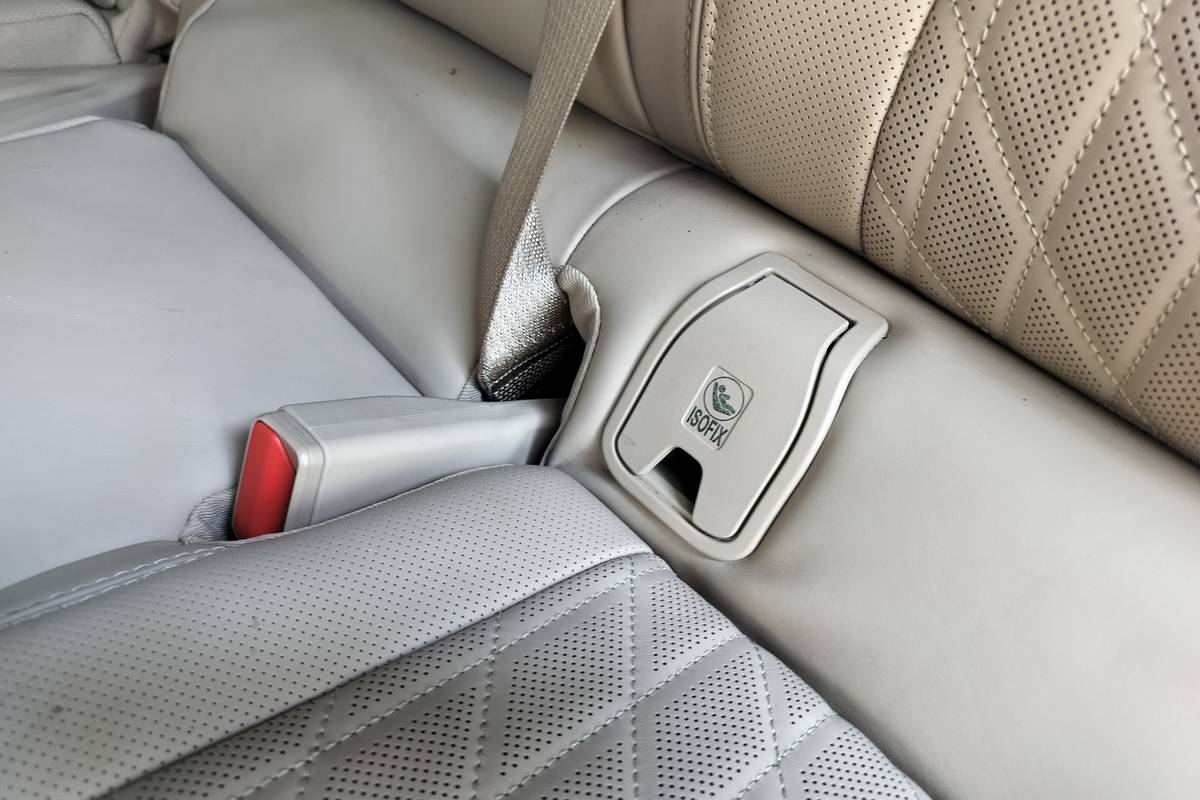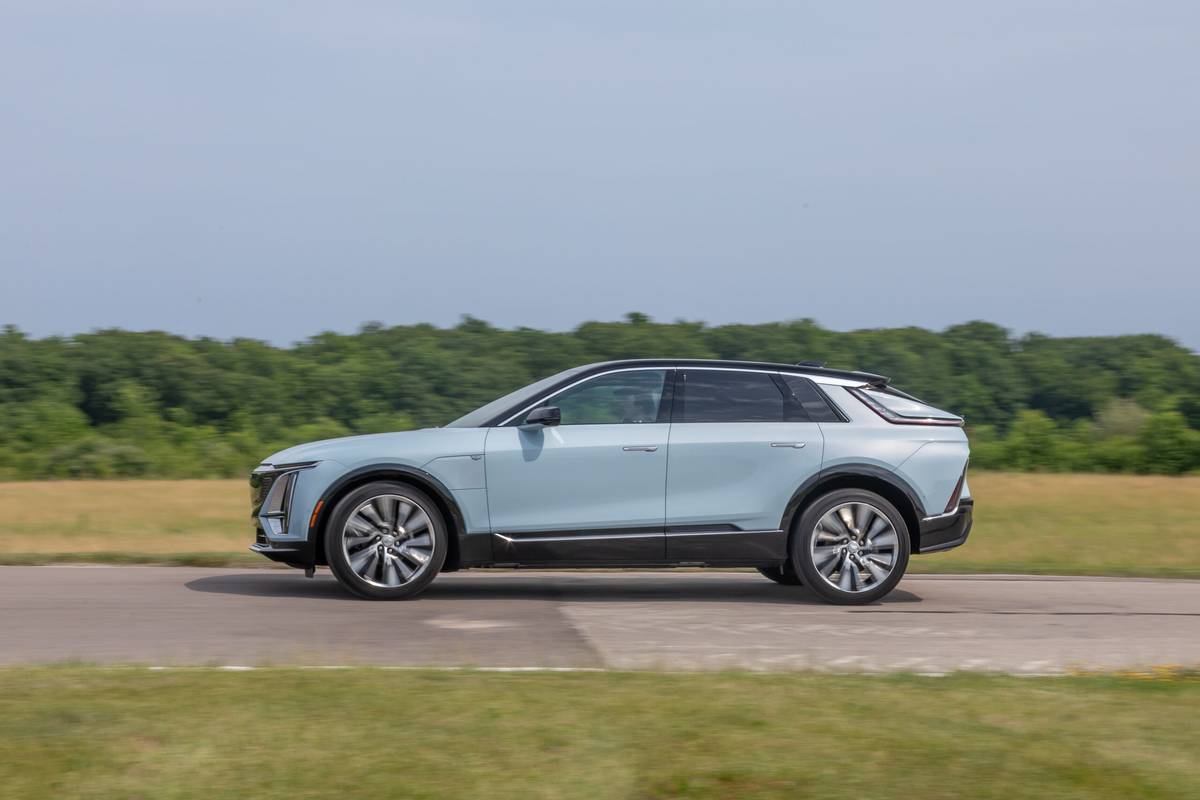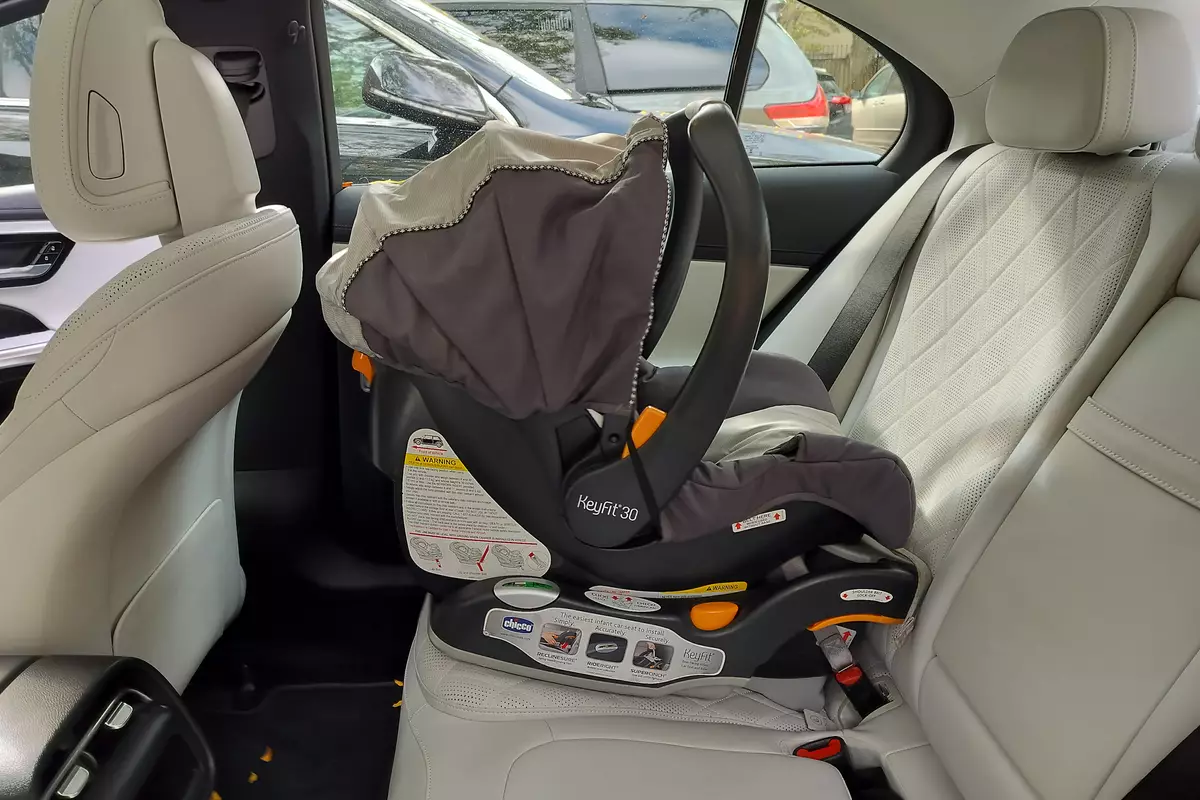TheMercuryNews.com's view
Hard to believe you can improve on a Jaguar.
At least that’s the thinking of some folks, more than likely the ones who never owned one. For truth be told, there was a time — including the last decade — when the sleek, graceful Jaguars vexed many an owner with their quality problems.
But since Ford Motor Co. bought the venerable British car company in 1989, Jaguar has changed . . . big time. And it shows in the rising ranking of Jaguar in the J.D. Power and Associates annual Customer Satisfaction surveys. Where Jaguar ranked way down — at No. 31 — in the 1989 Power report, this year it is right behind Mercedes-Benz, at No. 5.
More news: For 1998, Jaguar is fitting its four-liter V8 into its XJ sedan line, making interior improvements to the sedans and adding side air bags in the front seats. And all the while, holding the sedan prices to what they were for the 1997 model year.
We want “to develop Jaguar’s reputation as a rational choice,” says David Scholes, the company’s chief program engineer on the luxury sedans. “We want it to be more of a choice of the head as well as of the heart.”
The 1998 changes aren’t easily noticed by casual observers . . . on the outside. But look closely at the four retro-looking headlamps. This year, they use clear-lens reflector technology and put out 10 percent more light. And they have a fresh, upscale appearance, thanks to their jewel-effect look.
Some of the chrome on the XJ bumpers is a tad different, too, and there are other subtle changes on the grille and on the turn indicators, too.
The 32-valve, double overhead cam AJ-V8 comes out of the stylish XK8 coupe and convertible that Jaguar introduced to popular acclaim last year and now resides under the XJ “bonnet,” as they call it in Britain, replacing the Jaguar 6-cylinder of last year.
The resulting 290 horsepower is an 18 percent improvement over last year’s power. The change also explains why the 1998 XJ sedans carry the name XJ8, rather than last year’s XJ6.
Mated with a four-speed automatic transmission, the power feels smooth and silky, almost refined, if there is such a thing in a V8-powered auto.
For real performance, though, there’s no beating the 1998 XJR, the supercharged version of the XJ sedan. An Eaton supercharger is fitted onto the AJ-V8 in this car, boosting horsepower to 370. Torque, though, is the real surprise here, peaking at 387 pounds-feet at 3,600 revolutions per minute.
You pass cars quickly in the XJR when that torque comes on. It’s enough to make you want to just keep on passing people all day long. All I kept saying was, “Wow,” and I grinned the whole way. The transmission, by the way, is a five-speed automatic that Jaguar got from Mercedes.
This supercharged XJR goes from zero to 60 miles an hour in just 5.4 seconds. The XJ sedans are no laggards: They make the sprint in 6.9 seconds.
And don’t think that these are unwieldy large sedans that only do well on straightaways. Quite the contrary: A full day of driving the XJR in Virginia’s rolling horse country, through small towns and up and down a few mountains showed its balance and poise.
In fact, the XJR sometimes seemed more like a BMW in elegant Jaguar dress than an old-style Jaguar.
Inside the car, Jaguar took out that odd instrument panel on which some controls sat on a cantilevered shelf that jutted out from the dashboard. Now, the interior is more modern, and controls for cruise control as well as stereo and telephone are on the tasteful steering wheel. Door trim inside is cleaned up, too, and less old-style, less cluttered.
My only complaint involves the short seat cushions on the front seats that don’t lend themselves to long drives. I also noticed the numbers on the speedometer are much smaller than in last year’s sedans.
Still, there’s no doubt the improvements are many and impressive in these new sedans.
Who says you can’t improve on a Jaguar?
Latest news



